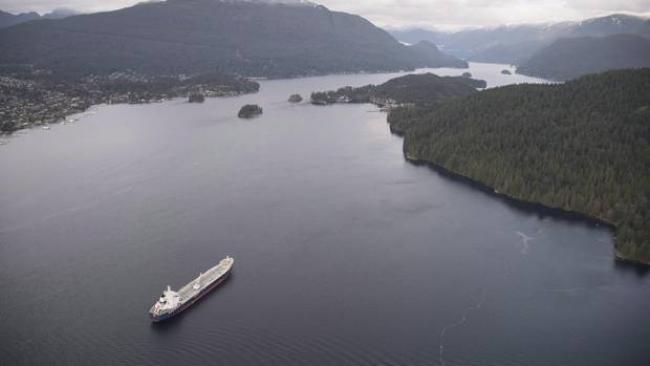Articles Menu

The environment in British Columbia has taken a beating since the arrival of Captain James Cook at Nootka Sound in 1784, when his crew traded small items for rich sea-otter furs.
The pelts were later sold in China for up to $300 apiece, which would be equivalent to roughly $5,000 today. So the fur trade stirred its own kind of gold fever, and in no time Pacific Coast sea otters were on the verge of extinction.
In 1857, the Fraser Canyon gold rush pushed resource extraction to a whole new level, as 30,000 gold seekers sluiced gravel on every bar and at every stream mouth from Hope to Lillooet. Nobody ever recorded what environmental damage was done in that frenzy, but that’s where a lot of the Fraser’s salmon spawned. At any rate, it set a pattern that has been repeated since, with resource extraction taking precedence over habitat protection and aboriginal rights.
Gold. Fur. Forests. Coal. Hydro power. LNG. Oil.
B.C. always has a hot resource that has to be exploited because of economic imperative – with little thought of long-term environmental costs. Because of this feverish pursuit of wealth, each generation inherits a diminished natural world.
Fifty years ago, British Columbians could hike through extensive old-growth forests. Now, there are only isolated pockets left of the ancient trees that were standing when Capt. Cook sailed up the coast, and logging continues.
Nobody alive today has ever seen a run of 50 million salmon in the Fraser. It once had that. Now, the average is about 4 million.
Sea otters are coming back, but after 200 years, they still haven’t fully recovered. Across B.C., 754 species are listed as being extirpated, endangered or threatened. And the pace of development is increasing.
What’s to be done?
Maybe we can’t stop exploiting resources, but we can do a better job of managing the natural world and we must.
After 40 years of environmental reporting in the West, I find myself stepping away from daily journalism at a time when such issues are becoming more important than ever. Climate change is the overarching concern but there are many provincial issues in need of scrutiny.
Do we really need a bitumen pipeline from Alberta to the Pacific, a massive dam on the Peace River, or to log the last old-growth trees?
Should a shipping port in the Fraser delta be expanded if it puts at risk mudflats depended on by nearly one million shorebirds?
Is it okay that the Fraser River’s salmon run is a faint reflection of what it once was? Or that mountain caribou are going extinct in B.C. because of habitat loss?
These are vital questions and how they are answered over the next year will determine the nature of B.C. for decades to come.
If we don’t break the pattern of exploitation that’s been followed for two centuries, the damage will be immense.
“Trend data for B.C. show that declines in biodiversity are occurring at the genetic, species and ecosystem levels,” reports Biodiversity BC. “Without immediate and effective action, British Columbia’s remarkable biological richness may be lost.”
It’s not gone yet. But it’s going.
After 14 years this is Mark Hume’s last environmental column for The Globe and Mail. His writing can be followed at themarkhume.wordpress.com
[Top photo: A tanker is anchored in Burrard Inlet just outside of Burnaby, B.C., on Friday, Nov. 25, 2016.
(JONATHAN HAYWARD/THE CANADIAN PRESS)]